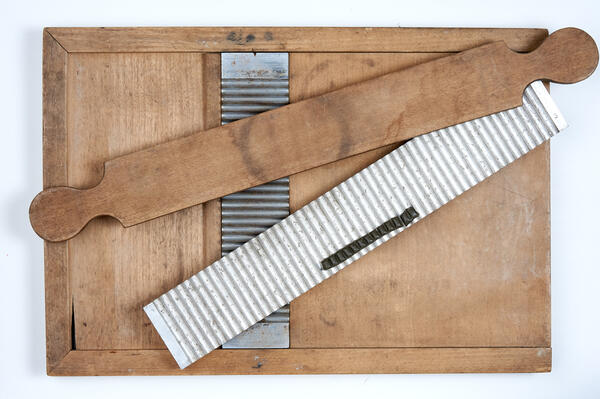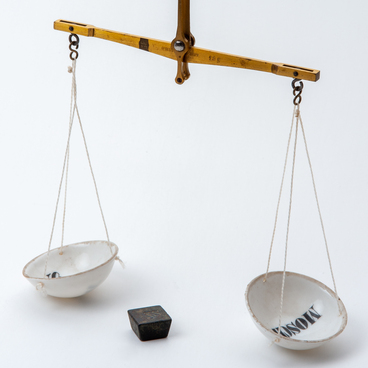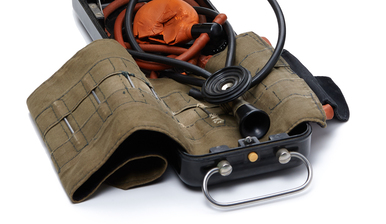Pills are a pharmaceutical dose form looking like a small ball. Like powders, infusions, decoctions, and ointments, this is one of the oldest forms of medicinal substances. Pills were used in ancient Egypt, Ancient Rome, and ancient Greece. For a long time, they were made without a shell.
The first machine to make pills appeared in 1810, before that they were rolled by hand. The weight of each pill can be from 0.1 to 0.5 g. Tablets of more than 0.5 g are called boluses, they are used in veterinary medicine; less than 0.1 g — granules, in this form homeopathic remedies are often produced.
The pills contain active agents and excipients. Their shape permits them to hide the unpleasant smell and taste of substances. And thanks to their slow dissolution in the gastrointestinal tract, they almost do not irritate the mucous membrane.
In 1842, the English pharmacist William Brockdon invented a tablet press. Four years later, its production was already established in the USA, France, Switzerland, and Germany. At the end of the 19th century, the first workshop for the production of tablets was opened in St. Petersburg.
Despite this, pills can still be made in pharmacies. To do this, a pill machine is used. It consists of six separate parts: the base, the lower and upper cutters, a wooden spatula, a roller, and a triangle necessary for counting.
First, the medicinal substance, extract, and powder are weighed, then they are placed in a mortar. When using toxic and potent substances, they are dissolved in water or ethanol. If the extract is dry, water is also added — the number of drops equal to the number of future pills. Then, everything is mixed with a pestle and then rolled into a rod along the length of the cutter. The resulting mass is cut with a pill machine. The spatula helps to remove the stuck medicine from the walls of the mortar and pestle. In the end, all the pieces are rolled into balls and sprinkled with starch so that they do not stick together. There is a whole set of rollers with different skirting heights depending on the size of the pills. The machine makes 20–30 pills at a time.
The medicine is stored in boxes or jars with a wide neck. High-quality pills should be dry and smooth in their structure and not change their shape during storage.



